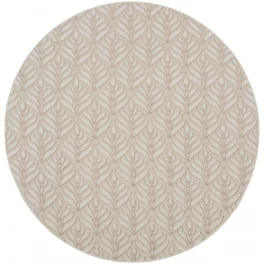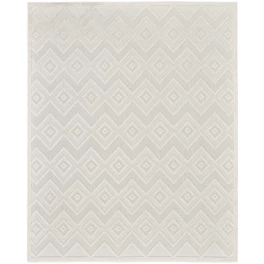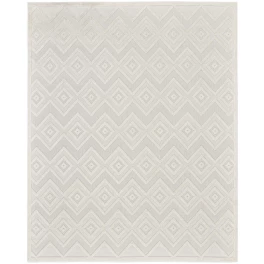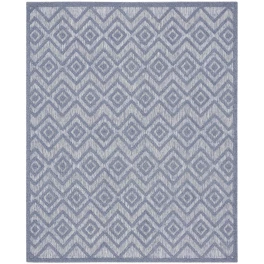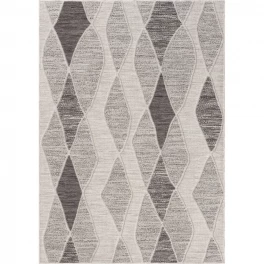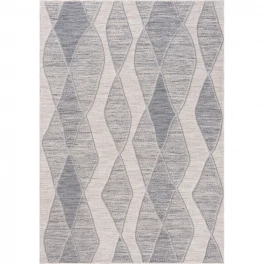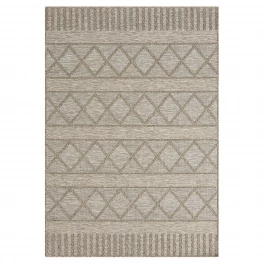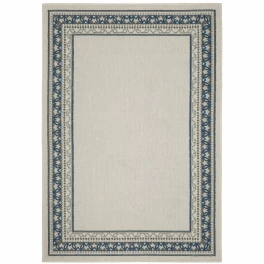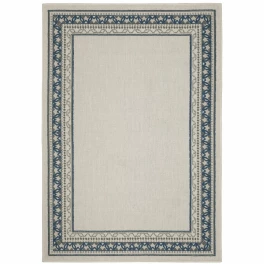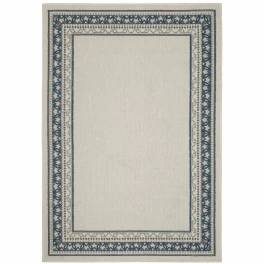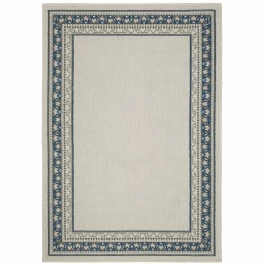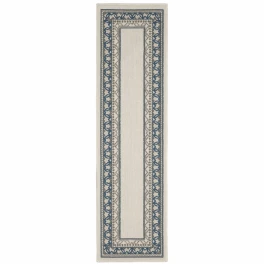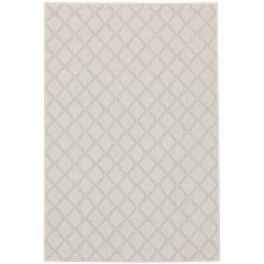It’s the first gift family and friends give when they learn you’re having a child: stuffed animals. By the time your child is heading into preschool, there’s a chance you’re literally swimming in them. There’s no doubt your child is in heaven, treating every fluffy cotton-stuffed toy like they would a best friend or sibling. But after a while, stuffed animals start to take over the playroom, your kid’s room and even living areas.
The solution to your stuffed animal woes isn’t throwing them in the trash, although, let’s face it, the thought has probably crossed your mind a time or two. Instead, it’s time to get a bit creative.
Properly storing stuffed animals will help you maintain some sanity and the best part is you don’t have to spend an arm and a leg to get the job done. All you’ll need is a few hours and some old household items. In no time flat, those little buggers will be out of your way.
1. A Net
Drape a net, a wide sheet of tulle, or even an old blanket or sheet across the room, tie off the ends using rubber bands or ribbon, and secure it to the wall with C-hooks.
It’s going to be difficult for your children to reach their beloved toys when they’re high up, so don’t use this method to store the ones they can’t live without.
2. Behind Your Door
Do you have an old shoe or scarf organizer that hangs over the top of a door that you no longer use? Give it a second life as a stuffed animal holder.
Each animal gets its own cubby or hook. When it’s time to clean up the mess, ask your child to help put all their toys to “bed.”
3. Organized Boxes/Cubes
The absolute simplest way to keep hordes of stuffed animals stored away is by placing them in boxes or cubes. These organization stations are ideal for toys of every shape and size, but they work particularly well with stuffed animals.
Give each “type” of animal their own box or cubby, with or without a label. For example, you can place all dinosaurs in one section while the puppies and kittens go in another. It may seem like a lot of work, but this helps your child learn early sorting and categorization skills.
4. Old Baby Furniture
Baby furniture is expensive and has a very short life. Before you know it, your toddler has outgrown his/her crib. And that changing table? You definitely don’t need once you’ve said goodbye to diapers. Instead of storing it all in your basement or attic, convert all that old baby furniture into stuffed animal holders.
If you’re using a crib, remove one side of it so the kids have easy access to their favorite toys. For a changing table, be sure to add a step stool so the contents of the table can be reached.
5. Bookcases and Shelves
Along the same lines as the baby furniture, you can easily convert old unused bookcases and shelves into stuffed animal holders. Use fabric storage cubes or just toss them up there.
Special toys often deserve a special spot, so feel free to place one or two shelves out of reach. That way, the kids can look, but not touch!
6. Hanging Basket
Convert old hanging planters or mesh shoe nets with a simple ceiling hook. Don’t forget to use enough chain or string to allow the basket to hang within an arm’s reach.
7. Donations
Sometimes, you can try every solution in the world, but you’re still knee-deep in stuffed animals. If you’ve reached this point, then go ahead and ask your child to choose a handful of them to donate to a child in need. Giving your child an active role is a great way to teach them many life different lessons ranging from the importance of helping others to the necessity of decluttering.

Photo by Africa Studio on Shutterstock
There’s no doubt your child is attached to many, if not all, of the stuffed animals in their collection. The best way to handle them all is to consider storage before you add any more fluffy toys to the mix.




